Izumi Kato, Unidentified Artwork
The artist's work is a fertile terrain for the imaginary and the supernatural, a zone left to interpretation.
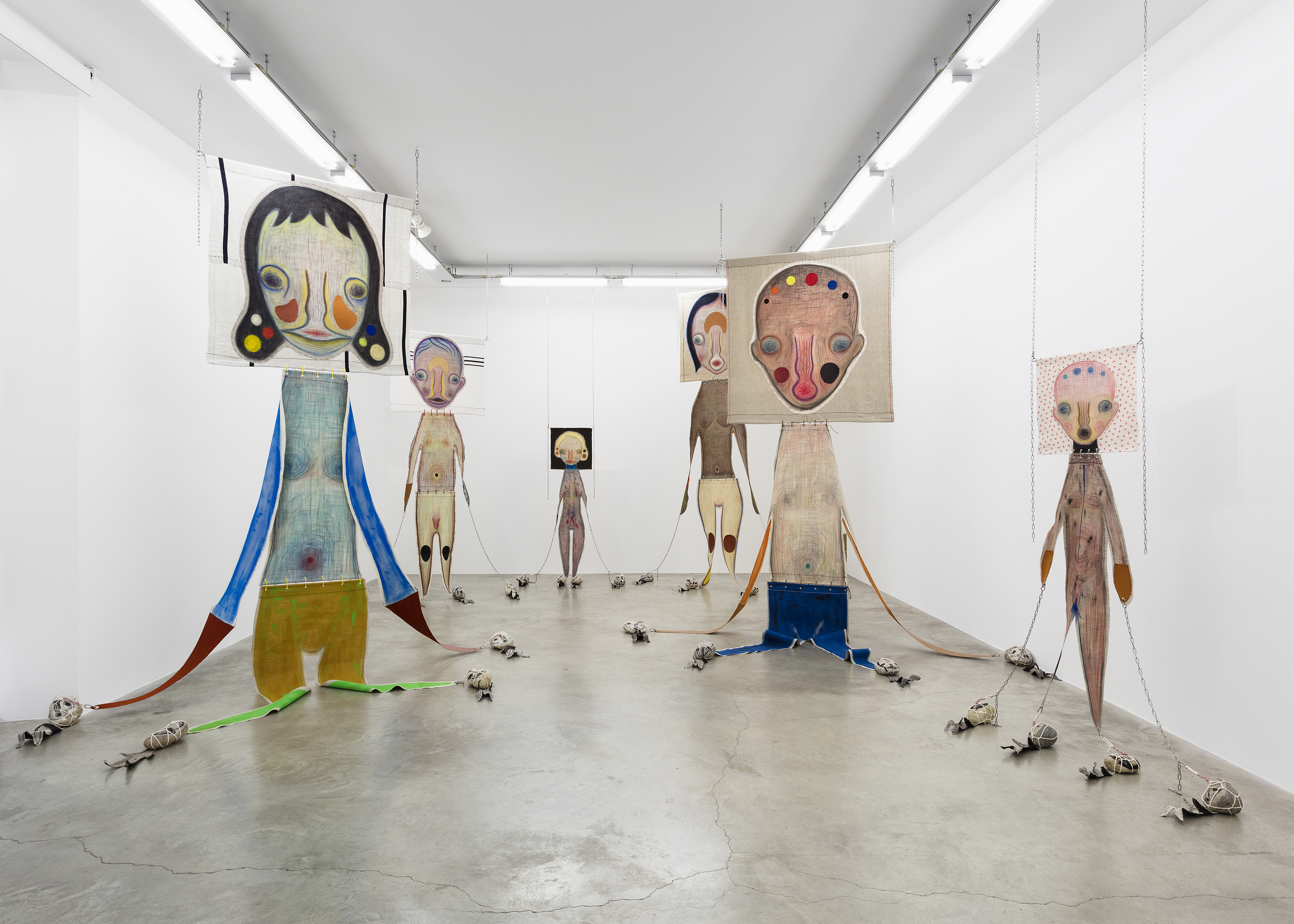
Izumi Kato, “View of Izumi Kato’s exhibition at Perrotin Paris” (2020) Photo: Claire Dorn ©2020 Izumi Kato. Courtesy of the Artist and Perrotin.
Neither sculptures nor paintings, Izumi Kato’s pieces have no name. ‘I don’t know what they are’, he reveals. They do not conform to any identity, although in hindsight, they unconsciously draw their essence from the Japanese artist’s culture. They are large flat silhouettes in embryonic and humanoid shapes, made up of a jumble of fabric, metal, and embroidery. This imaginary world, which the artist has been creating for over twenty years, has no desire for expression, other than on the viewer’s behalf.
Joined together but unattached
These bizarre pieces catch the eye due to their non-conformity and their gigantic size; some of them stretch from floor to ceiling. They have the same frankness that emanates from art brut pieces, that spontaneity that defies the codes of art history. Having graduated from the Department of Oil Painting at Masahino University in 1992, Izumi Kato is far from being exempt from all forms of artistic culture, one of the defining principles of the movement founded by Dubuffet. Nevertheless, he appreciates this technical freedom and creative autonomy.
In their full height, the pieces stand lazily facing the viewer, secured to the ceiling with chains, with other chains securing them to the floor, along with weights that resemble babies. These links, connections, might appear filial, but represent nothing more than a design feature. We see human features; faces, eyes, breasts, sexual organs, and navels. This resemblance, however, is in no way intended to be anchored in reality. ‘They’re not real people, but human forms.’ Like us, they have arms and legs, but no extremities; their limbs cave in at our feet, and the alloy has no solid structure, making them fluid, even lethargic. These contours are nothing more than a pretext, a mechanism of the artist’s creation. They are simple, universal, elementary forms like those found in primitive arts, with this totemic charisma that grabs the attention at first glance.
Defining oneself through the eyes of the other
Piece by piece, the works are assembled like an exquisite corpse. The head and body are roughly sewn. Each element exists independently as if interchangeable, and yet the whole thing seems like it was made to be this way and not otherwise. This playful aspect can be found in the staging. While some of the figures take up all the space, there in the corner, one of the characters is seated, perhaps making it even more enigmatic than its peers. ‘It was deliberately created so that you and other people can see it and reflect on it.’ Thus, it is the viewer who creates the work of art.
‘I don’t create my work to try to explain anything’, the artist declares. The keys to understanding it are therefore left entirely up to the viewer. ‘The fact that you think about lots of things is good in my opinion, because I create the piece with the intention of you thinking of many things when you look at it. What the viewer thinks of the piece is more important than what I think.’ Although the artist injects his cultural origins and animism into his work almost unwittingly, his knowledge of the world is what primarily fuels his work and allows him to pursue it tirelessly. He also shares this vision in paintings featuring these same supernatural beings, creating their portraits in shades of vivid colours that intrigue the brain as much as they do the eye. They, too, are nameless.
Izumi Kato, Solo Show (2020), an exhibition held at the Galerie Perrotin in Paris, can be viewed on the artist’s website.
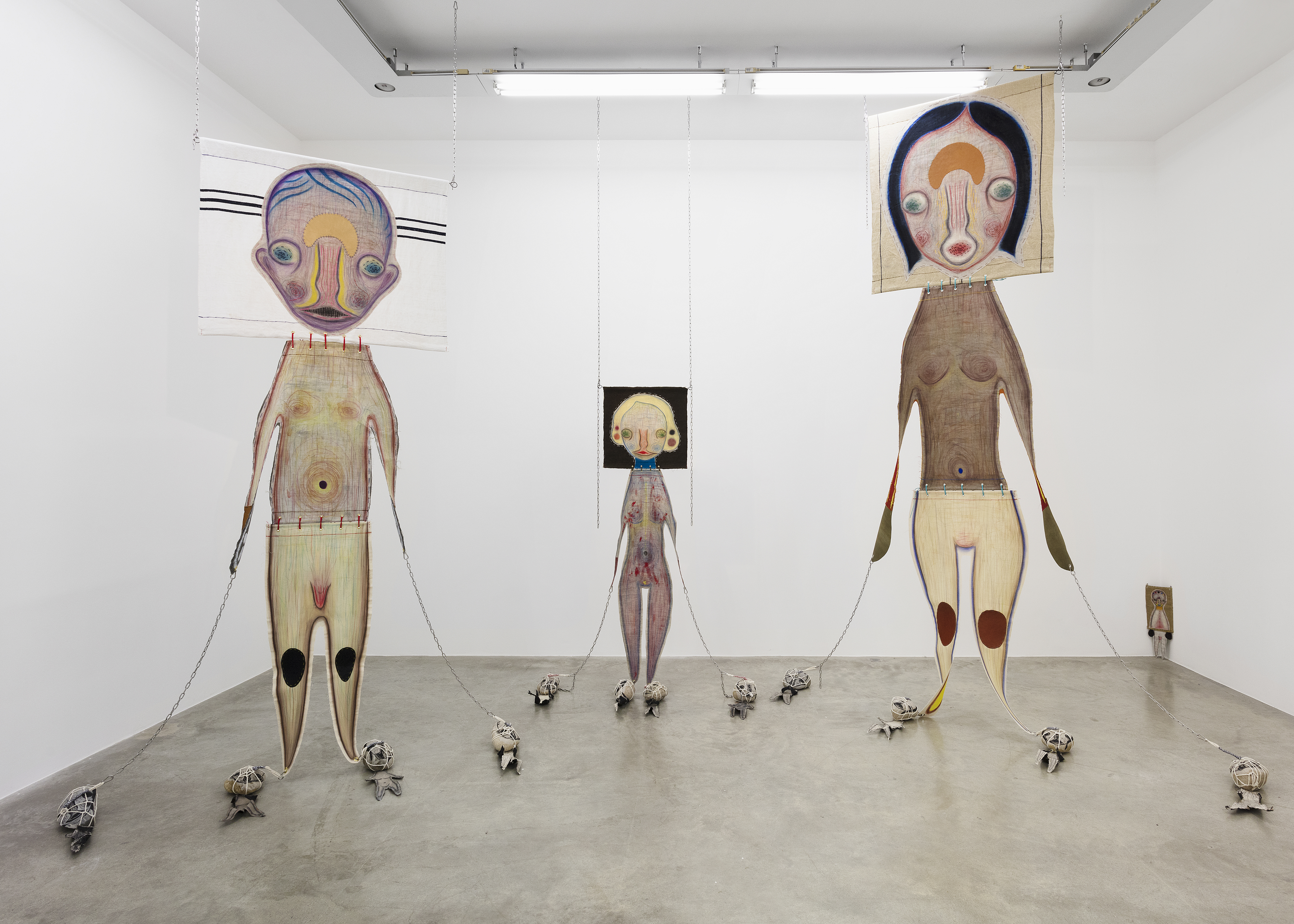
Izumi Kato, “View of Izumi Kato’s exhibition at Perrotin Paris” (2020) Photo: Claire Dorn ©2020 Izumi Kato. Courtesy of the Artist and Perrotin.
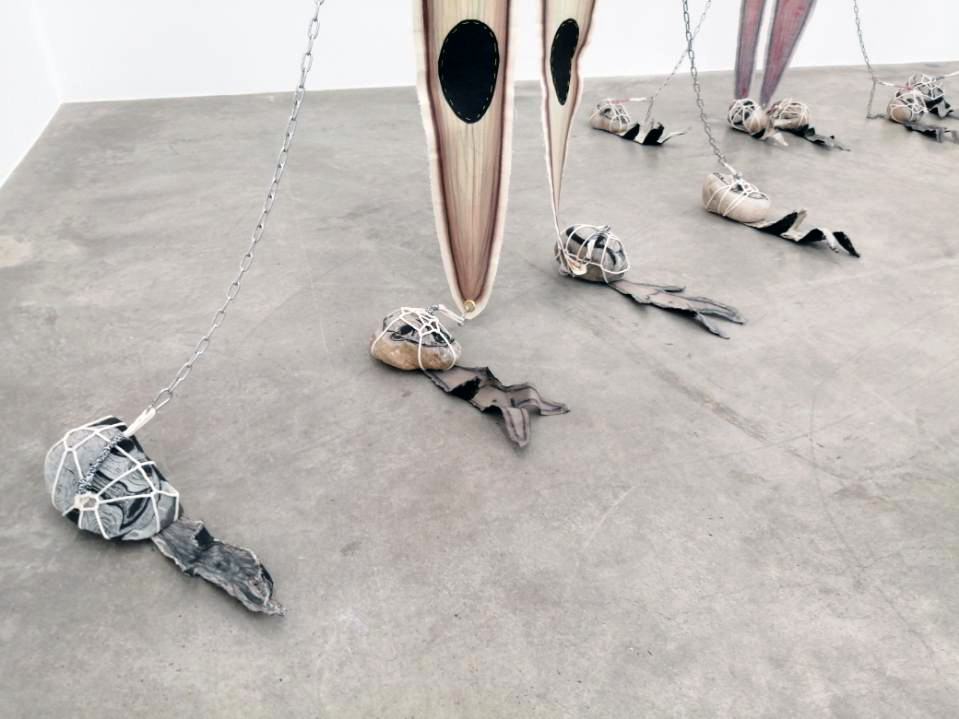
Izumi Kato, “View of Izumi Kato’s exhibition at Perrotin Paris” (2020) Photo: Claire Dorn ©2020 Izumi Kato. Courtesy of the Artist and Perrotin.

Izumi Kato, “View of Izumi Kato’s exhibition at Perrotin Paris” (2020) Photo: Claire Dorn ©2020 Izumi Kato. Courtesy of the Artist and Perrotin.
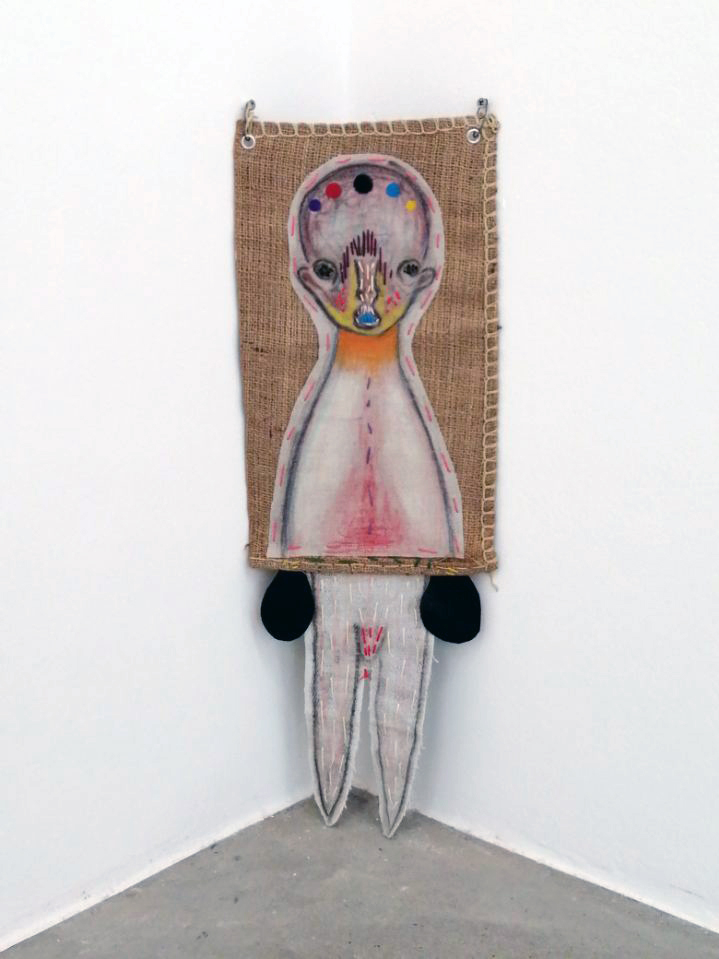
Izumi Kato, “View of Izumi Kato’s exhibition at Perrotin Paris” (2020) Photo: Claire Dorn ©2020 Izumi Kato. Courtesy of the Artist and Perrotin.

Izumi Kato, “View of Izumi Kato’s exhibition at Perrotin Paris” (2020) Photo: Claire Dorn ©2020 Izumi Kato. Courtesy of the Artist and Perrotin.
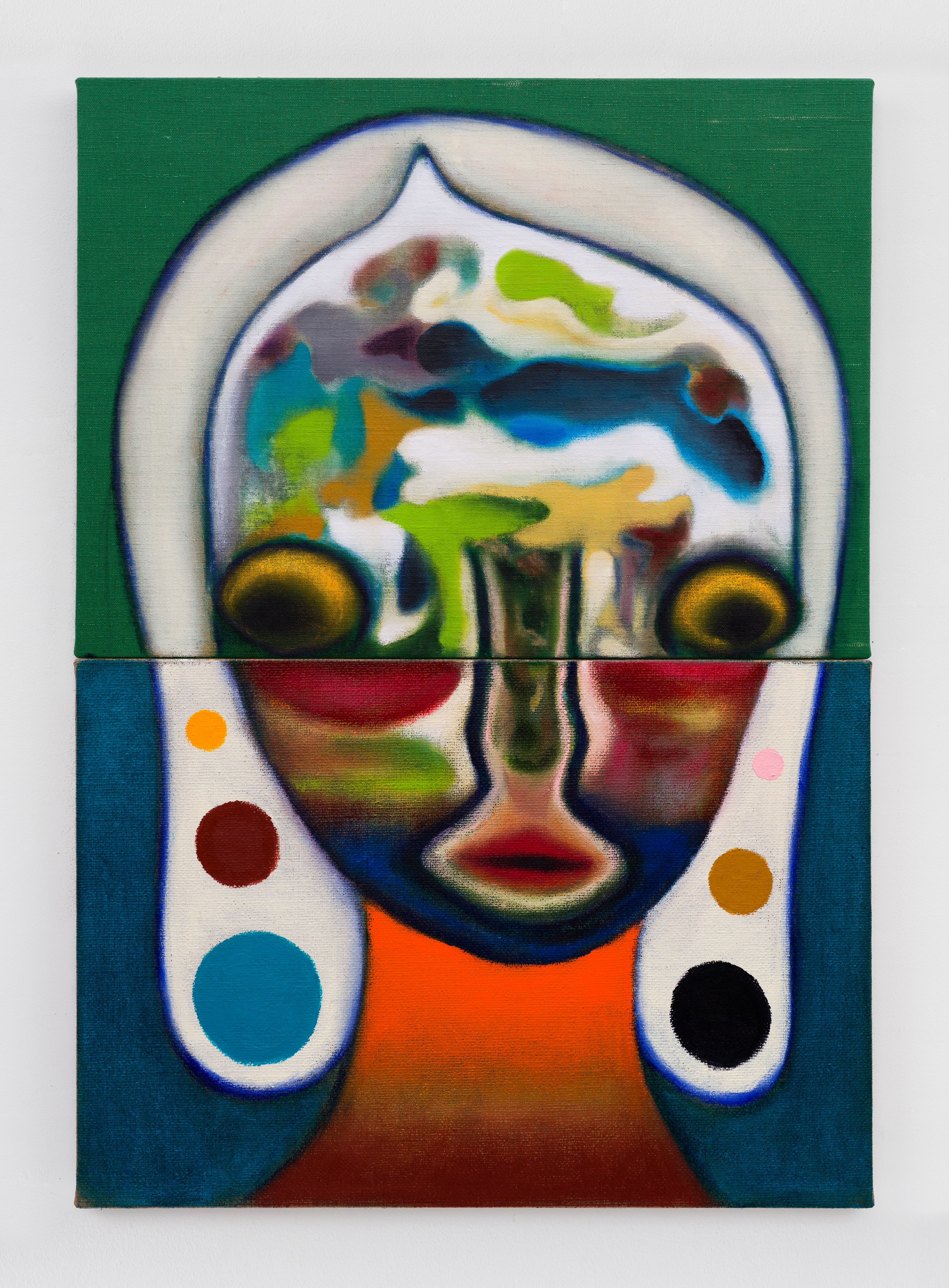
Izumi Kato, “Untitled”, 2019 Oil on canvas 103 x 73 cm / 40 9/16 x 28 3/4 in. ©2019 Izumi
TRENDING
-
The Tattoos that Marked the Criminals of the Edo Period
Traditional tattoos were strong signifiers; murderers had head tattoos, while theft might result in an arm tattoo.

-
Paris, Tokyo: Robert Compagnon
With his co-chef and talented wife, Jessica Yang, Robert Compagnon opened one of the top new restaurants in Paris: Le Rigmarole.
 3:31
3:31 -
Chiharu Shiota, Red Threads of the Soul
Last year, more than 660,000 people visited the retrospective 'Chiharu Shiota: The Soul Trembles' exhibit at the Mori Art Museum.

-
‘Before Doubting Others, Doubt Yourself. Who Can Truly Say a Dish Isn’t What It Used to Be?’
In ‘A Non-Conformist’s Guide to Surviving Society’, author Satoshi Ogawa shares his strategies for navigating everyday life.

-
The Story of Sada Yacco, the Geisha who Bewitched Europe
Described by Dazed magazine as the first beauty influencer, she has been restored to her former glory since 2019.





